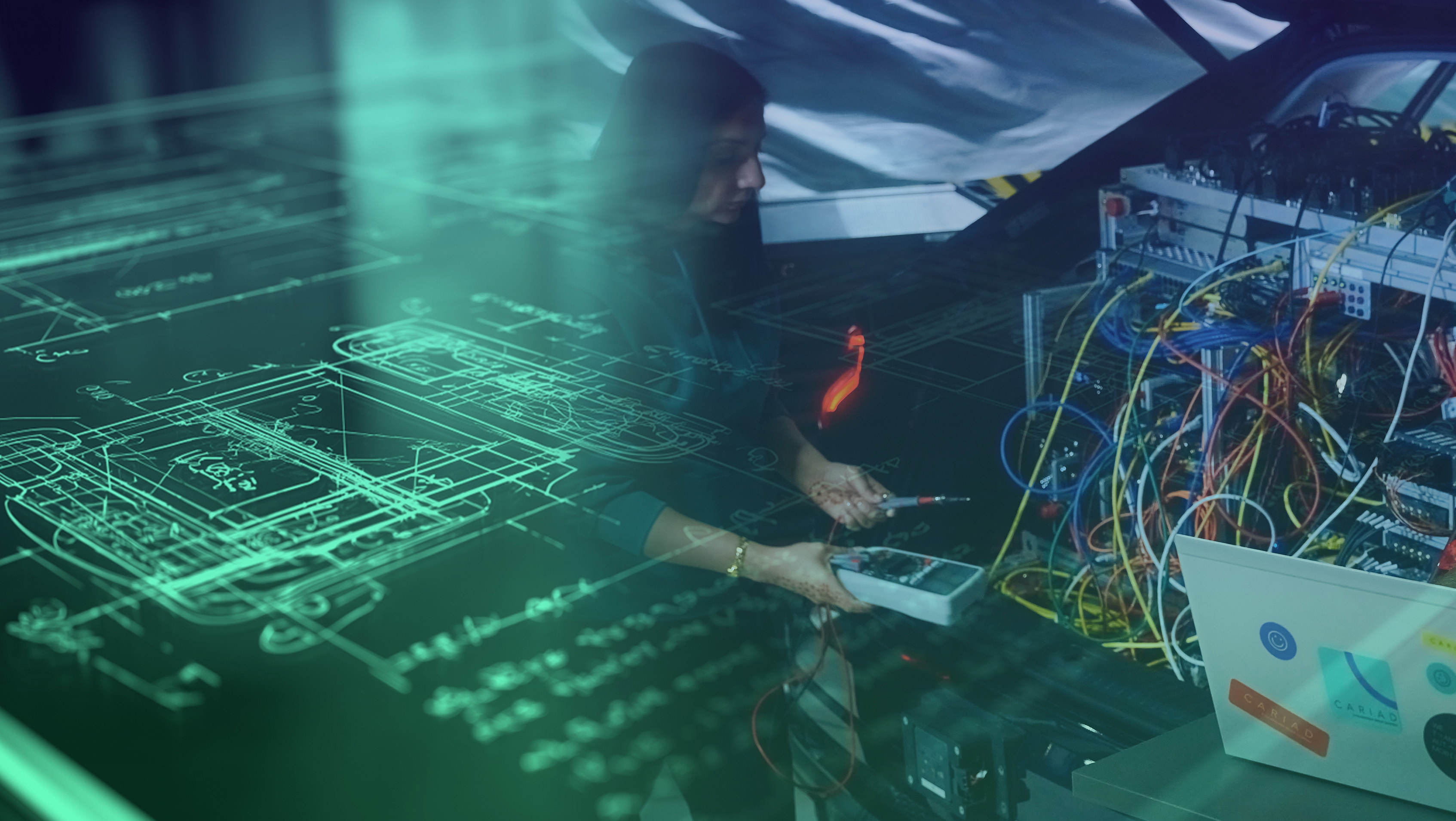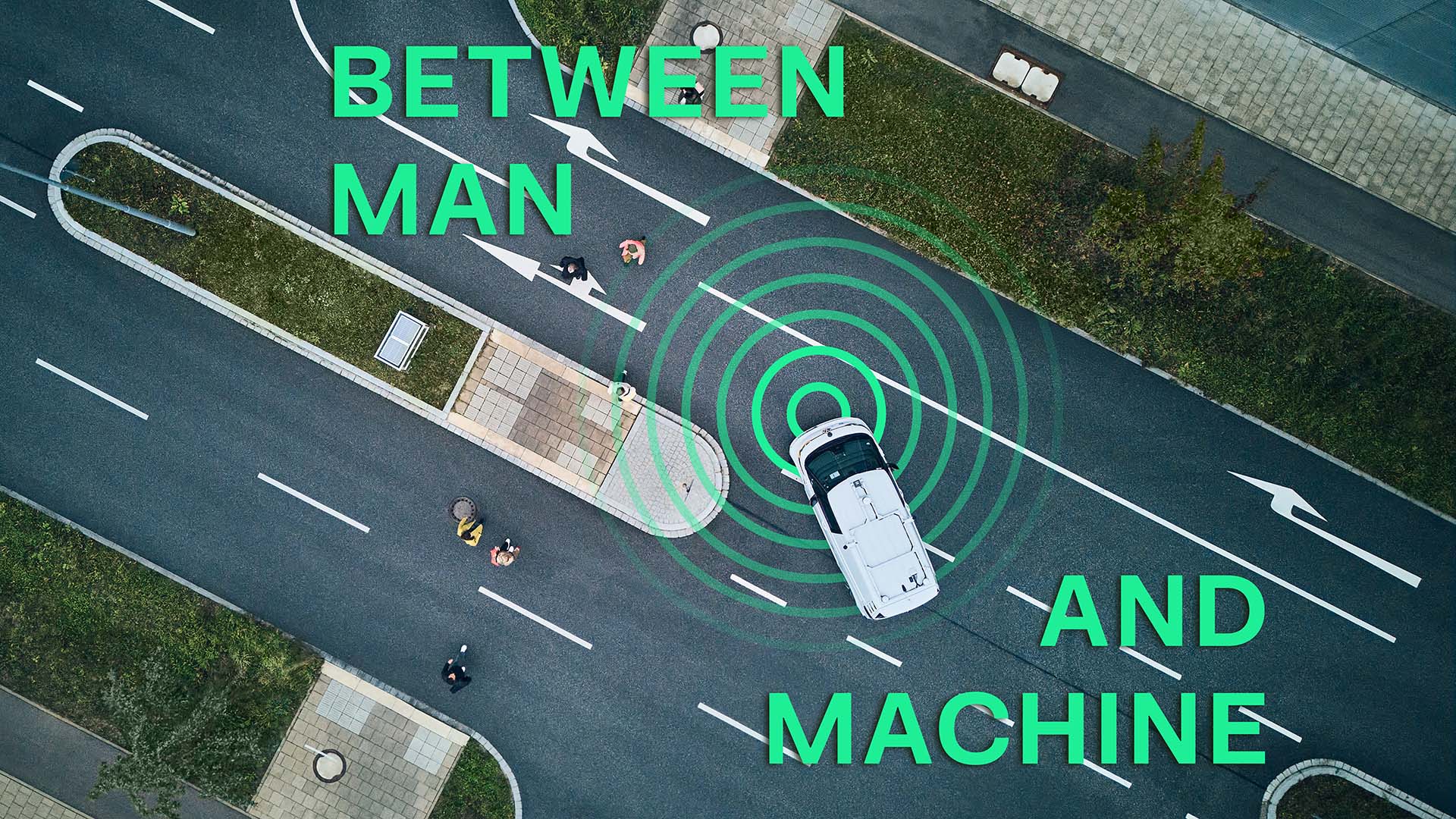AI that assists: Taking digital assistants to a new level
Interacting with your car becomes more intelligent and convenient with a new technology: Agentic AI. Agentic systems are designed to act as autonomous digital agents within the vehicle ecosystem. How will Agentic AI take in-car voice assistants to a next level?

We have discussed this question with Sabine Wüst, Head of Predevelopment at CARIAD.
Sabine, what kind of support do in-car voice assistants offer to drivers today?
Sabine: Digital assistants turn the car into a smart companion. They are the central touch point for the driver, talk to them and offer helpful suggestions. They mostly use artificial intelligence (AI) and machine learning (ML) to make interaction with the vehicle more intuitive, personalized and secure.
Take the Audi assistant, for instance: It can execute over 800 voice commands, such as controlling vehicle functions, making calls, planning routes, and playing music. It learns from the driver's behavior and suggests routines based on recurring interactions, making customers' mobility experience more convenient and better every day.
Which technology do today’s in-car voice assistants use?
Sabine: Currently, the interaction between driver and vehicle runs on a system that understands natural language (Natural Language Understanding, NLU). Specific questions like “What’s the weather like in Berlin today?” are easily answered, as they can be resolved through a single function, like a weather app.
What technological trends do you see in the development of in-car voice assistants?
Sabine: Whether you want to make a doctor's appointment or need help on a website, intelligent digital assistants are part of more and more areas of life already today. The shift away from traditional assistant architectures towards Large Language Model-based Agentic Assistants opens up new possibilities for these assistants.
They can draw logical conclusions and solve complex, multi-step problems independently by using goal-oriented reasoning, multi-modal context integration, and real-time decision-making. For the user, this means that they will be able to experience human-like interactions with the assistant, as the system is able to understand the users queries and execute them using the available resources.

What is the mechanism behind this?
Sabine: An agentic orchestrator breaks down the user query into individual, logically distinct tasks and distributes them to specialized agents that use tools and specialized LLMs to solve subtasks.
For example, if you ask, "Do I need an umbrella today?", the orchestrator pulls information from different sources – such as route planner for place and time, and a weather service for the forecast. Like a conductor in an orchestra, it coordinates the individual "instruments", merges the results, and delivers a precise answer.
What challenges come with using LLMs?
Sabine: Above all, speed. The technology is changing rapidly, so that traditional development cycles of two to three years are simply no longer sufficient. We need to move fast, and learn and evolve along the way. The pace at which new models improve is remarkable.
They offer not only faster reaction times but entirely new capabilities, like the latest LLM reasoning models. These are trained to carry out multi-step thought processes and make interaction with the vehicle even smarter. What was recently science fiction is now within reach.




